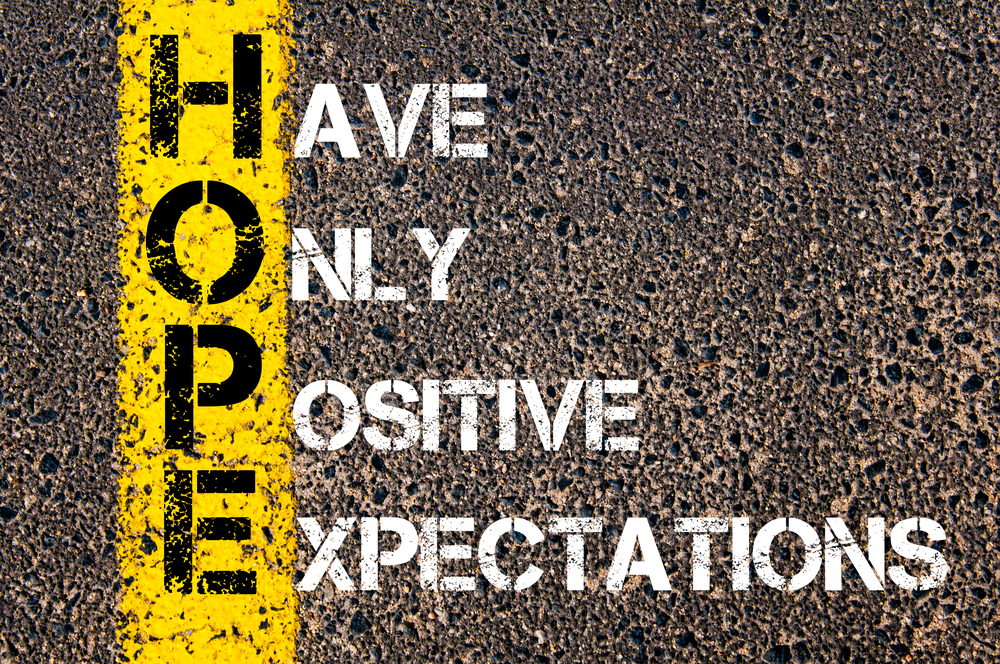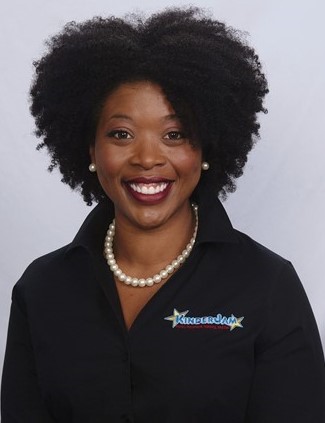
We are nearing the end of our discussion on the levels of awareness of parents of young children with disabilities. We have explored the ostrich phase – a time when a parent has a lack of awareness about disabilities and may not recognize the characteristics of a disability displayed by their child. Additionally, we have examined the phase of special designation – the stage at which parents have, through some transformational experience, recognized that their child indeed has a disability, and will require some additional assistance form a service provider to maximize their personal potential.
Third Level of Awareness: Normalization
Today, we are going to explore and discuss a parent’s third level of awareness – Normalization. As the extremely proud mother of a pre-teen on the autism spectrum, who amazes me daily, I think of normalization as the “Hope Phase.” In this third phase of awareness, the parents minimize differences between their child and his or her typically developing classmates and siblings. They emphasize the need for normalization in their child’s life so that it begins to look like that of other children their age.
At first glance, the normalization phase may look like a step backward, given the fact that the parent fought for special services and accommodation during the previous stage, special designation. However, this attempt to “normalize” the child is simply a part of the process.
Imagine this.
A family is blessed with a child with disabilities. Then, the parents must face all that they don’t understand about their child’s disability and how to raise and care for a child with additional needs. Then, the parents must accept and recognize they need help in providing their child all that he needs to maximize his personal potential. Finally, they realize that having a child with a disability is not a short-term episode. Instead, this is their life, their new normal.
That’s a lot to process.
How does one begin to merge the values, beliefs, hopes and dreams of their family’s “old normal” with their family’s “new normal” of loving, raising, and caring for a child with disabilities?
Trust me. It takes a lot of faith and hope.
Faith and hope that one day your family will again achieve homeostasis and some semblance of smooth sailing or normalcy.
A Parent’s Theory of Hope
After living in the triage and fight modes indicative of the ostrich phase and special designation, things are beginning to calm down during the normalization phase. The parent is beginning to find her rhythm. She is beginning to visualize her version of the future for her child. She is beginning to think, “My child and our family just might be okay.” Therefore, in her mind hope develops – hope for her child and hope for her child’s future.
Now, she must have the faith to test her theory of hope.
The clearest example of this stage of hope was detailed to me during a discussion with service providers at one of my workshops in Atlanta, GA.
The preschool team and parents had worked together with a four-year-old who required some assistance to walk. The preschooler got a walker and had confidently learned how to maneuver about the school with her walker. However, for preschool graduation, her mom was adamant that her child was not to use the walker to walk across the stage. Instead, she wanted her daughter to walk across the stage with the assistance of a teacher.
The preschool team pushed back.
But the mom didn’t budge.
The preschool team saw this as denial.
But this was actually normalization.
One the greatest motivators of parents of young children with disabilities is hope. In that moment, that mother may have needed to see her child walk across the preschool stage with assistance, but without the walker, to envision her child walking across the stage for graduation from high school or college. Regardless of if you see the goal or hope as unrealistic, don’t squelch hope. That hope will power a parent forward long after your time with that family has expired.
How Can You Help?
If parents don’t have the faith to test hope, how can we expect them to keep working with their child to assist their child in maximizing his or her personal potential?
If parents don’t believe gaps can be minimized, what is there to motivate a parent to continue to advocate for inclusion and opportunities for his or her child with disabilities?
During the normalization phase, parents are strengthening their advocacy and cheerleading voices for their child and their families. You can help with this. How? Simply give a parent a small win that will offer huge motivation. If, as a team, you try it and it doesn’t work yet, at least you have shown the parents that you listened to their hopes for the child and you support and encourage the family and their goals for the child’s future.
I cannot say it enough. Hope is the single greatest motivator for a parent’s continued work with his or her child with disabilities. Hope gets us up in the morning. Hope propels us to try new things with our children. While “normalization” is the word that is used, my interpretation of this phase is the onset of hope for quality of life and well-being for my child with disabilities in a world where he is in a marginalized population. And because of my faith to test my hope, my child AMAZES me daily!
Have you ever encountered parents who had, what you would consider, unrealistic developmental goals for their child with disabilities?
Given the new information you have about the normalization phase, how would give that parent reliable information about the characteristics of the child’s disability while nurturing parental hope?
Check out El’s archived webinar: Mama Bear: Using Parent Narratives and Experience to Improve Engagement Practices
Be sure to read the other posts in this series:
Emerging Parenthood: Trust the Process – Don’t Rush the Process
Levels of Awareness: The Ostrich Phase
Special Designation: The Parent’s Aha Moment
Self-Actualization: Hello, I am the Parent of a Child with Disabilities

El is an educator, entrepreneur, author, and PhD candidate specializing in Early Childhood Education/Early Childhood Special Education at George Mason University. Prior to leaving the traditional classroom, El served as an Elementary and Early Childhood Educator in the United States, Japan, and South Korea. She is the founder of KinderJam, an Early Childhood Education care, enrichment, and training agency. Above all, El is the proud mother of an 11-year-old son on the autism spectrum, affectionately known as SuperDuperKid (SDK). El can be reached at elbrown@kinderjam.com.


